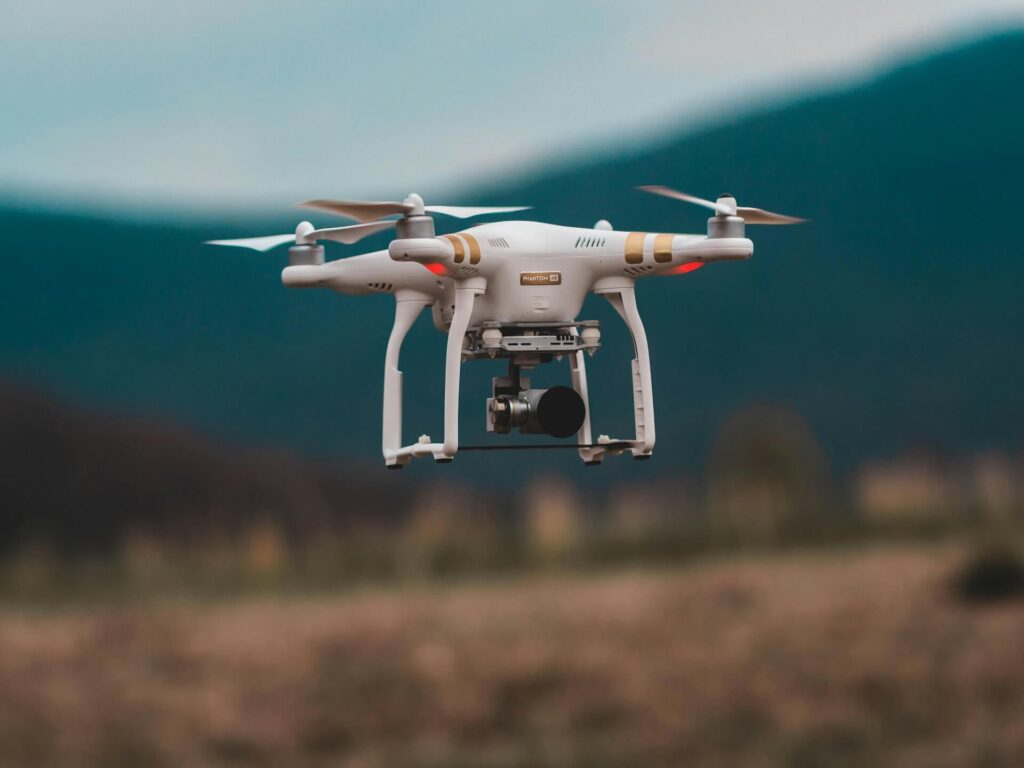
Unmanned Aerial Vehicles (UAVs) – more commonly known as drones – have soared from being novelty toys to become essential tools in photography, videography, agriculture, and various industries.
For enthusiasts and professionals alike, flying a drone can be a liberating experience, providing unique vantage points and thrilling aerial adventures. However, with great technology comes great responsibility. For new drone pilots, understanding and practicing safety principles is paramount.
Whether you’re an amateur drone user taking your craft to the sky for the first time or a seasoned photography pro finding a new angle among the clouds, ensuring safety not only enhances your experience but also contributes to the overall public perception and regulation of this evolving tech.
Below, we’ll unpack comprehensive drone safety tips for new pilots, covering everything from pre-flight checklists to operational guidelines during flight.
Understanding the Basics of Drone Safety
Before your drone even leaves the ground, it’s essential to grasp the core principles of safe operation. Understanding these four pillars of drone safety will lay the groundwork for responsible flying:
Regulation Awareness
Each country or region may have specific drone regulations that pilots must adhere to, such as no-fly zones, altitude limitations, and licensing requirements. Staying informed on these rules is crucial to avoid legal consequences and ensure the safety of airspace users.
Pre-flight Preparation
A significant portion of ensuring flight safety occurs before takeoff. This preparation includes conducting a thorough pre-flight inspection of your drone, checking the weather conditions, and securing the necessary permissions if you’re flying in a controlled airspace.
In-flight Awareness
While in the air, maintaining situational awareness is key. Be mindful of obstacles, other aircraft, and any changes in the environment that could impact your flight. Regularly scanning the sky and your surroundings assists in avoiding collisions and respecting the airspace.
Post-flight Protocols
Returning your drone to the ground safely and securely is just the beginning of post-flight procedures. Storing your drone properly, reviewing any recorded footage for safety issues or incidents, and checking for any required maintenance underscore your commitment to safety even after landing.
The Nuts and Bolts of Safe Drone Flying
Now that we’ve set the stage with general safety principles, it’s time to deep-dive into the actionable tips that will ensure your drone flying is a safe and enjoyable activity.
Master the Basics of Your Drone
Before attempting any maneuvers with your drone, spend time getting comfortable with the controls. Simulators and easy training modes can be invaluable tools to hone your skills in a controlled environment.
Respect Weather Limits
Adverse weather can severely affect the ability to control your drone safely. Avoid flying in rainy, windy, or stormy conditions. Keep an eye on the weather report, and if conditions worsen while you’re airborne, bring your drone back immediately.
Conduct a Pre-flight Checklist
A checklist is a pilot’s best friend. Make sure yours includes verifying battery life, GPS signal strength, and camera settings. It is key to verify that all parts and components are in good working order, from the propellers to the landing gear.
Maintain Line of Sight
Keep your drone within your line of sight at all times. This not only maintains your ability to control the craft but also helps you see potential obstacles and hazards.
Anticipate Battery Life
A drone’s flight time is directly correlated with battery life. Always land with sufficient battery reserves to handle any unforeseen circumstances. Don’t push for that one last shot when your meter reads low; a safe landing is more important than a thrilling aerial shot.
Fly Responsibly
Be mindful of privacy concerns and respect the space of others. It’s good practice to inform any nearby individuals before takeoff, especially when flying in a public area.
Continuous Learning and Adherence to Best Practices
Stay updated on the latest industry developments and safe-flying strategies. Best practices evolve with technology and experience, so staying educated is an ongoing process for new and seasoned pilots alike.
Safety in Practice: A Case Study
To illustrate the importance of safety guidelines in a real-world scenario, consider https://iskyfilms.com in their eagerness to test the limits. The drone struggled, lost control, and landed in a tree, causing damage to the craft and potentially endangering people below.
This mishap, which could have been averted by following basic weather restrictions, served as a costly lesson in the practical implications of safe droning.
The experience of this pilot underscores safety truisms: understand and comply with your drone’s operational limits, continuously train in various conditions, and safeguard against hazardous weather.
Overcoming Barriers to Safe Drone Operation
Adhering to drone safety may not always be straightforward, as various challenges can arise that test a pilot’s discipline. Here’s how to address some common barriers:
Autonomy Temptation
Many drones offer autonomous flight modes that are enticing but can lull pilots into a false sense of security. Understand the parameters and limitations of these features and be prepared to take manual control at any time.
Equipment Reliability
While drones are designed for reliability, they are not infallible. Regular maintenance and software updates are essential to keep your craft in peak condition and help avoid mid-air malfunctions.
No-fly Zone Awareness
Knowing where you should not fly is just as important as knowing where you can. Utilize official apps and maps that highlight no-fly zones and always check for temporary restrictions in the areas you plan to fly.
Final Words on Drone Safety for New Pilots
Approach your drone as both a powerful tool and a potential source of risk. Safety should be a non-negotiable aspect of your piloting, established from the first flight and maintained throughout your life as a drone enthusiast.
By understanding and applying these safety tips, new pilots can express their creativity and explore the skies while also ensuring the continued safe integration of drones into our airspace.
Commit to becoming a responsible drone operator who not only flies within the lines but actively works to define and raise those lines for the future of this incredible technology. With these safety strategies in your arsenal, you’re well on your way to a fulfilling and secure drone-flying experience.
Last modified: March 23, 2025








